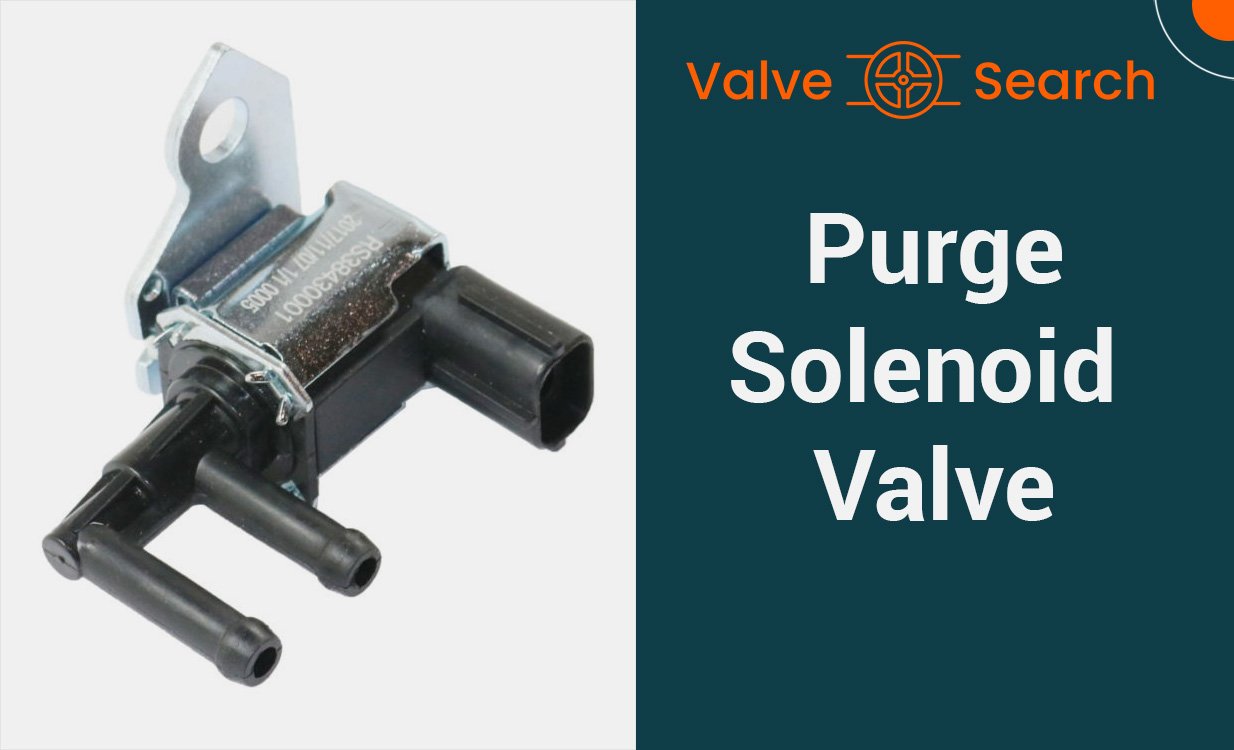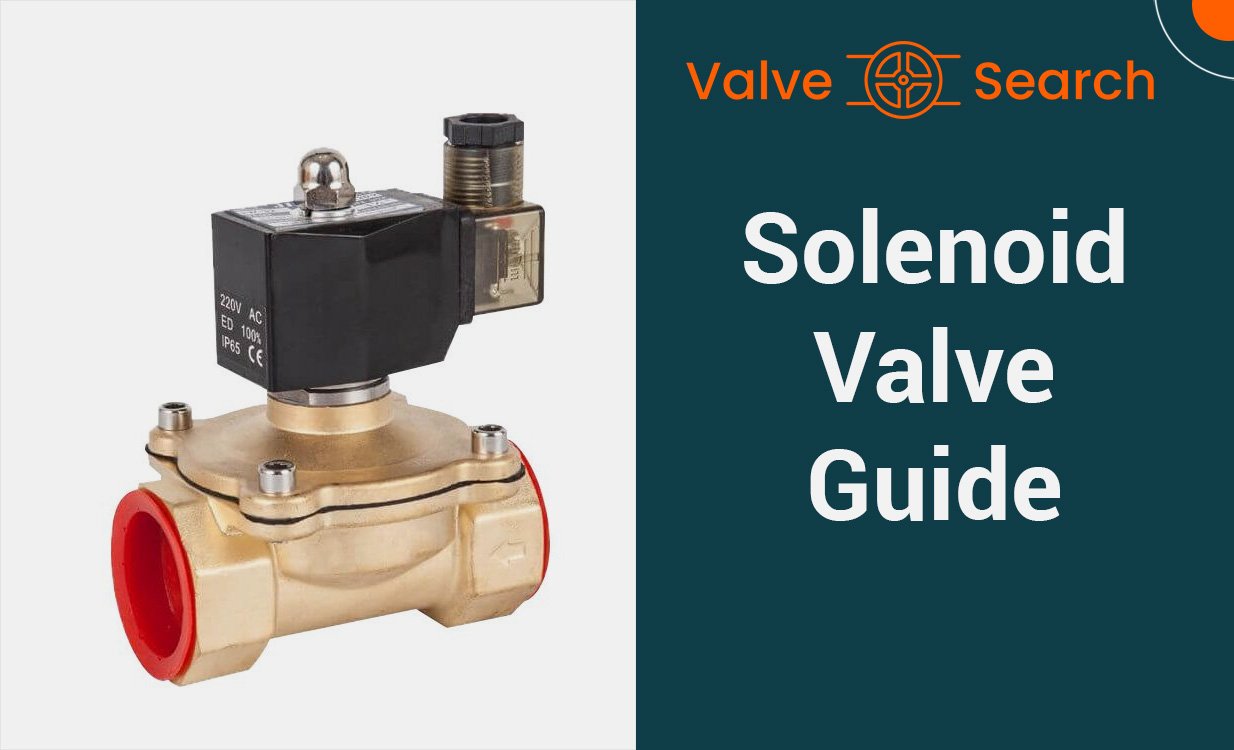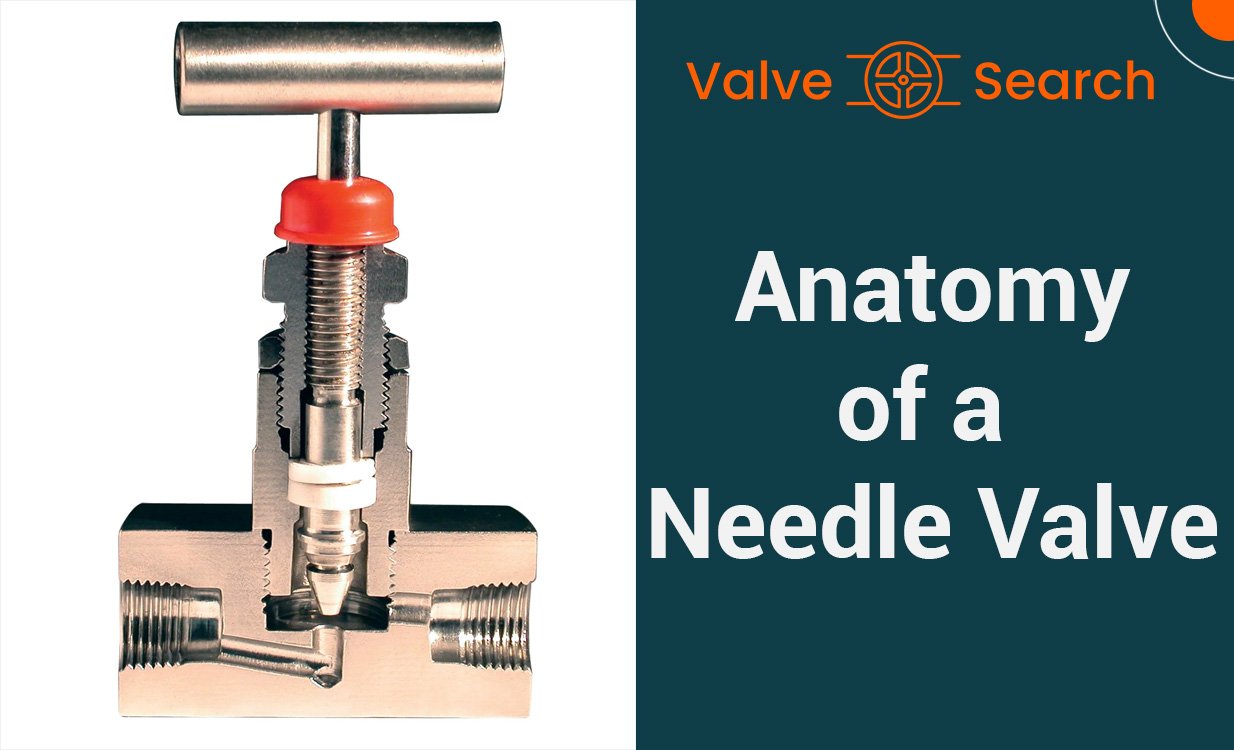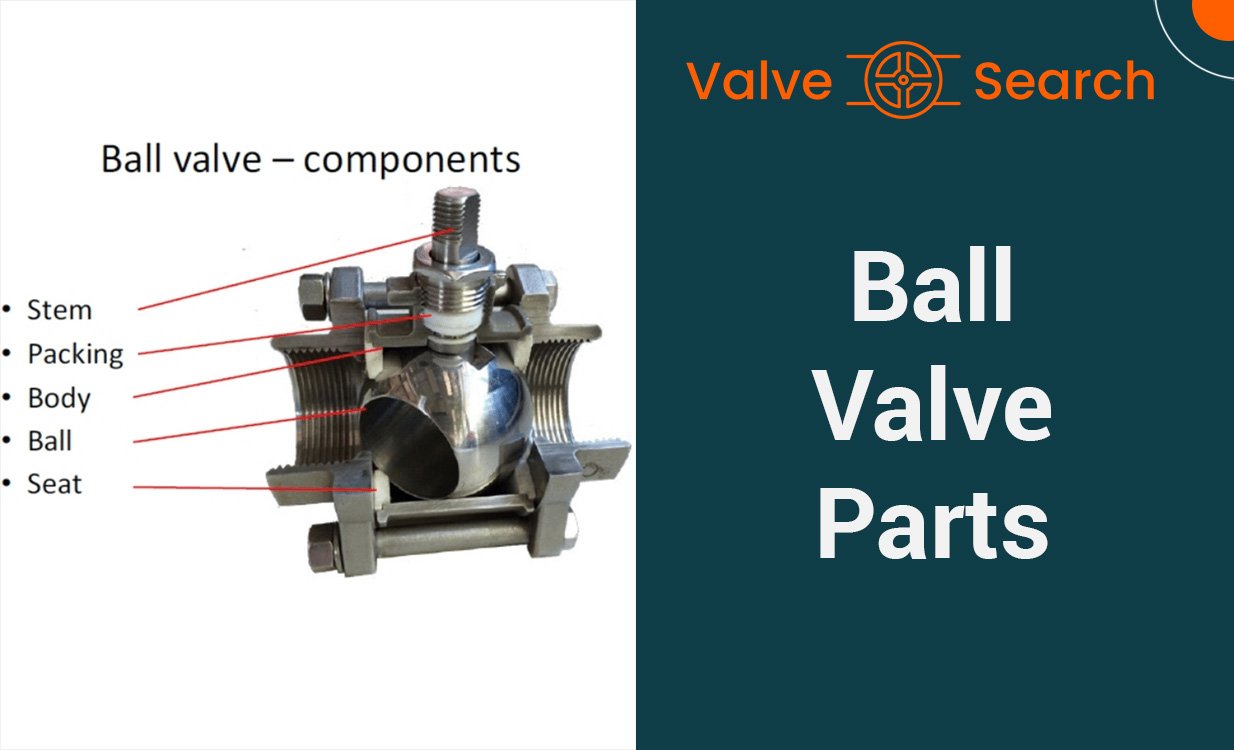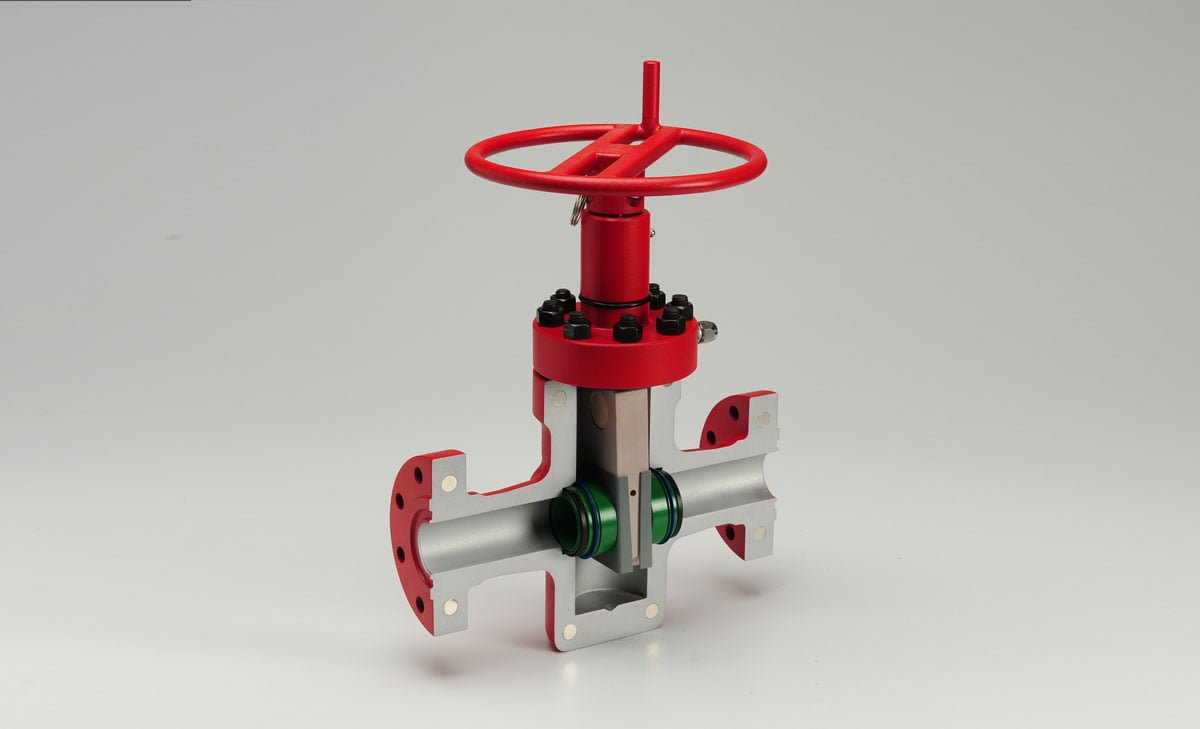Gate Valve Lockout: Understanding OSHA Regulations

Table of Contents
ToggleGate Valve Lockout: A Key Component of OSHA Compliance
Understanding OSHA regulations regarding gate valve lockout is crucial for maintaining a safe work environment in industrial settings. As gate valves are commonly used in various industries to control the flow of liquids and gases, proper lockout procedures are essential to prevent hazardous energy release during maintenance and servicing. In this blog post, we will delve into the specific OSHA requirements for gate valve lockout and explore best practices for compliance to ensure the safety of workers and the integrity of equipment.
Understanding the Basics of Gate Valve Lockout
In industrial settings, maintaining the safety of workers and equipment is paramount. Understanding the basics of gate valve lockout is essential for creating a secure work environment. This section explores the importance of valve lockout in workplace safety, what a gate valve is, and the definition of lockout/tagout (LOTO) procedures.
The Importance of Valve Lockout in Workplace Safety
Valve lockout devices play a critical role in preventing hazardous incidents during maintenance or repair activities. By physically obstructing the operation of valves, these devices safeguard employees and equipment from potential harm. They also help to avert unauthorized usage of valves, enhancing overall workplace safety.
What is a Gate Valve?
A gate valve is a type of valve used to control the flow of fluid in industrial piping systems. It employs a gate or wedge-shaped disc to regulate the flow, making it an essential component in many industrial processes.
Defining Lockout/Tagout (LOTO) Procedures
Lockout/tagout (LOTO) procedures involve the use of specific safety measures, such as locking devices and tags, to control hazardous energy sources. These procedures ensure that equipment is properly shut off and not inadvertently re-energized during maintenance, reducing the risk of workplace accidents.
By understanding the significance of valve lockout in maintaining workplace safety, the functionality of gate valves, and the implementation of LOTO procedures, workplaces can mitigate potential risks and promote a secure working environment.
OSHA Standards for Gate Valve Lockout
Overview of OSHA Regulation 29 CFR 1910.147
OSHA Regulation 29 CFR 1910.147, also known as the Control of Hazardous Energy (Lockout/Tagout), focuses on the proper safeguarding of equipment to prevent unexpected startup or release of energy. The regulation applies to various equipment, including gate valve lockout, aimed at protecting employees from hazardous energy during maintenance or servicing. It outlines specific requirements for the control of hazardous energy and is a vital component of workplace safety.
Requirements for Lockout Devices and Systems
OSHA requires the implementation of lockout devices and systems to isolate energy sources effectively. Lockout devices must be durable, standardized, and clearly labeled to indicate the identity of the employee applying the device. Additionally, the lockout devices should be singularly identified, ensuring that only the authorized employee can remove them. Lockout systems, when used, should adhere to these requirements and effectively control hazardous energy sources.
Training and Documentation Essentials
Proper training is essential for employees involved in the lockout/tagout process. Employers are tasked with providing comprehensive training that covers the purpose and function of the energy control program. Training also includes the recognition of hazardous energy sources, the type and magnitude of energy present in the workplace, and the methods and means necessary for energy isolation and control. Documentation of the training and procedures is crucial, ensuring that employees understand and adhere to the prescribed safety measures effectively.
By adhering to OSHA regulations, businesses can ensure a safe working environment and prevent accidents related to gate valve lockout procedures.

Implementing Gate Valve Lockout Procedures
Lockout procedures are crucial to ensure the safety of workers when working with gate valves. Proper implementation of these procedures involves performing a safe lockout, selecting the right lockout devices, and conducting periodic inspections.
Steps to Perform a Safe Lockout
Performing a safe lockout involves several essential steps to guarantee that the gate valve is completely isolated from energy sources. Start by identifying the type and location of the gate valve, then notify all affected employees about the lockout. Next, shut off the energy supply and ensure all residual energy is dissipated. Lock and tag the valve with appropriate devices to prevent accidental operation and finally verify that the valve is successfully isolated before commencing work.
Selecting the Right Lockout Devices for Gate Valves
Selecting the right lockout devices for gate valves is critical to effectively isolate the energy source. Consider using lockout hasps, valve lockout devices, and lockout tags to secure the gate valve. Ensure that the devices are durable, standardized, and capable of withstanding the environmental conditions of the work area. It’s also important to provide proper training to employees on the correct usage of these devices to promote safety and accuracy during lockout procedures.
Periodic Inspection of Lockout Procedures
Regular inspection of lockout procedures is essential to maintain their effectiveness. Conduct periodic checks to ensure that all lockout devices are in good condition, legible, and properly applied to gate valves. Additionally, review the lockout tagout program and make necessary updates to reflect any changes in equipment or procedures. This proactive approach ensures that all safety measures are up to date and aligned with OSHA regulations, minimizing the risk of workplace accidents.
Following these steps will help to create a safe work environment by implementing effective gate valve lockout procedures.
Gate Valve Lockout Best Practices
Developing a Lockout/Tagout Program
Establishing a comprehensive lockout/tagout program is crucial in ensuring the safety of workers when dealing with gate valve lockout. This involves conducting a thorough assessment of the equipment, identifying all energy sources, and creating procedures for isolating and controlling these energy sources. Additionally, it is imperative to train employees on how to properly implement the lockout/tagout procedures and regularly review and update the program to align with any changes in equipment or regulations.
Tips for Effective Lockout/Tagout Communication
Clear and effective communication is essential in preventing accidents related to gate valve lockout. Utilizing standardized lockout/tagout procedures, providing training that emphasizes the importance of communication, and utilizing visual aids such as equipment-specific lockout/tagout instructions can significantly enhance communication among employees when implementing lockout/tagout procedures. Regular safety meetings can also serve as a platform for reinforcing the significance of communication in preventing accidents.
Avoiding Common Gate Valve Lockout Mistakes
A key aspect of effective gate valve lockout is avoiding common mistakes that could compromise the safety of personnel. These mistakes may include inadequate training, failure to conduct regular inspections, and improper use of lockout/tagout devices. Engaging in thorough training sessions, performing routine equipment inspections, and strictly adhering to lockout/tagout procedures can help mitigate these common mistakes and reduce the likelihood of accidents related to gate valve lockout.
Role of Employers and Employees
Employers and employees play crucial roles in ensuring the effectiveness of lockout/tagout procedures as mandated by OSHA regulations. These responsibilities are pivotal in maintaining a safe and compliant work environment.
Employer Responsibilities Under OSHA Regulations
Employers are tasked with the responsibility of creating and maintaining a safe work environment that adheres to OSHA standards. This entails providing proper training on lockout/tagout procedures, especially for employees working with machinery and equipment. Employers must also supply necessary safety equipment and ensure that all potential hazards are mitigated to the best of their ability. It is essential for employers to enforce strict compliance with lockout/tagout protocols and take necessary disciplinary actions against any violations.
Employee Compliance with Lockout Protocols
Employees, on the other hand, are obligated to adhere to the lockout/tagout procedures established by their employers. This includes actively participating in the training provided, using safety equipment as required, and following the lockout/tagout protocols diligently. It is imperative for employees to understand the significance of these procedures and to report any observed violations or hazards promptly.
Maintaining a strong commitment from both employers and employees is vital for the successful implementation of OSHA regulations regarding gate valve lockout. This collaboration ensures a safe work environment and minimizes the risk of workplace accidents.
Real-World Scenarios of Gate Valve Lockout
Understanding OSHA regulations regarding gate valve lockout is crucial for ensuring workplace safety and preventing accidents. Let’s delve into real-world scenarios to illustrate the impact of proper lockout procedures.
Analyzing the Impact of Proper Lockout Procedures
In a case study of a manufacturing facility, failure to implement proper lockout-tagout procedures led to a serious accident. An employee suffered severe injuries when a gate valve was inadvertently activated during maintenance. This incident highlights the critical importance of following OSHA regulations to prevent such mishaps.
In another instance, a company successfully avoided a potential disaster by strictly adhering to lockout procedures. By effectively isolating energy sources using gate valve lockout devices, they prevented the release of hazardous substances and safeguarded employees from harm.
These real-world examples underscore the significance of meticulously applying lockout procedures to mitigate risks and ensure employee safety. Understanding OSHA regulations and implementing proper lockout measures can prevent accidents, protect lives, and uphold workplace compliance.
Conclusion
Understanding OSHA regulations regarding gate valve lockout is crucial for ensuring the safety of workers in industrial settings. Compliance with these regulations not only prevents accidents and injuries but also helps in avoiding costly penalties and legal liabilities. By implementing proper lockout/tagout procedures and providing thorough training to employees, companies can create a safer work environment while staying in compliance with OSHA standards. It is imperative for all personnel involved to stay updated with any changes in regulations and consistently review and improve their lockout/tagout programs to align with the latest OSHA requirements.


